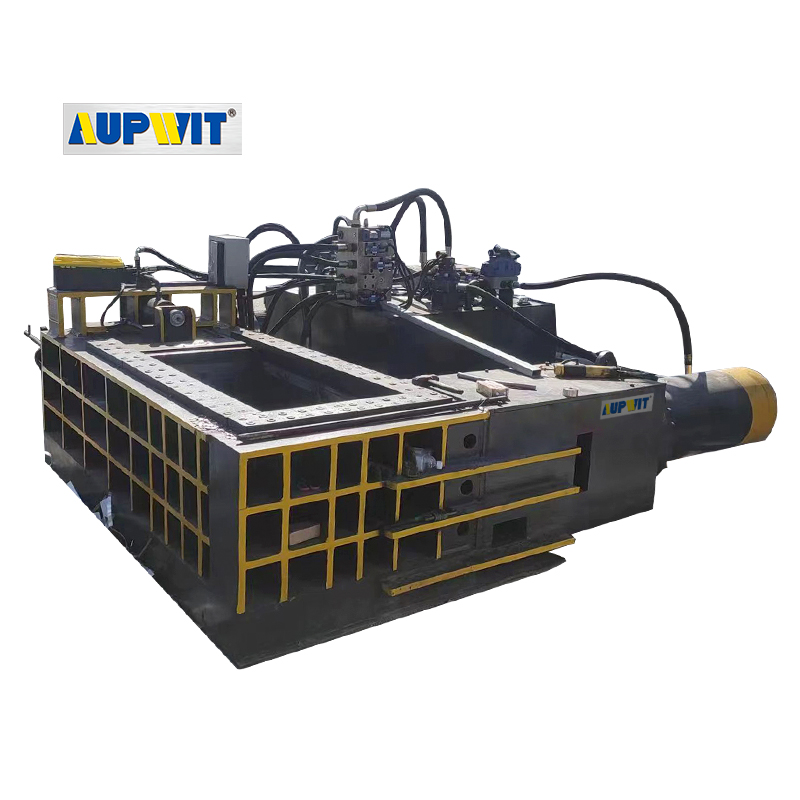Dust generation during briquetting can pose health, safety, and environmental risks. Modern briquetting presses incorporate multiple strategies to minimize airborne particles while maintaining efficiency. Here’s how they control dust pollution:
1. Enclosed System Design
-
Sealed Feeding Hoppers: Prevent dust escape during material input.
-
Closed Conveyor Belts: Transport raw materials without exposure to open air.
-
Dust-Tight Compression Chamber: Contains fine particles during pressing.
2. Dedicated Dust Extraction Systems
-
Cyclone Separators: Centrifugal force captures airborne dust before venting.
-
Baghouse Filters: High-efficiency fabric filters trap fine particles (up to 99%).
-
Wet Scrubbers: Water sprays neutralize dust in coal/metallic briquetting.
3. Material Conditioning
-
Moisture Control: Maintains 8–12% moisture in biomass to suppress dust.
-
Pre-Agglomeration: Roller compactors or binders (e.g., starch) reduce fines before pressing.
4. Process Optimization
-
Reduced Drop Heights: Minimize particle dispersion during transfers.
-
Vibration Damping: Lowers material agitation and dust release.
-
Automated Cleaning: Built-in air jets or brushes remove residual dust from dies.
5. Worker & Environmental Protections
-
Local Exhaust Ventilation (LEV): Directs dust away from operators.
-
PPE Support: Presses in dusty environments include integrated respirator hookups.
-
Noise-Enclosed Cabinets: Some designs combine dust and sound insulation.
-








